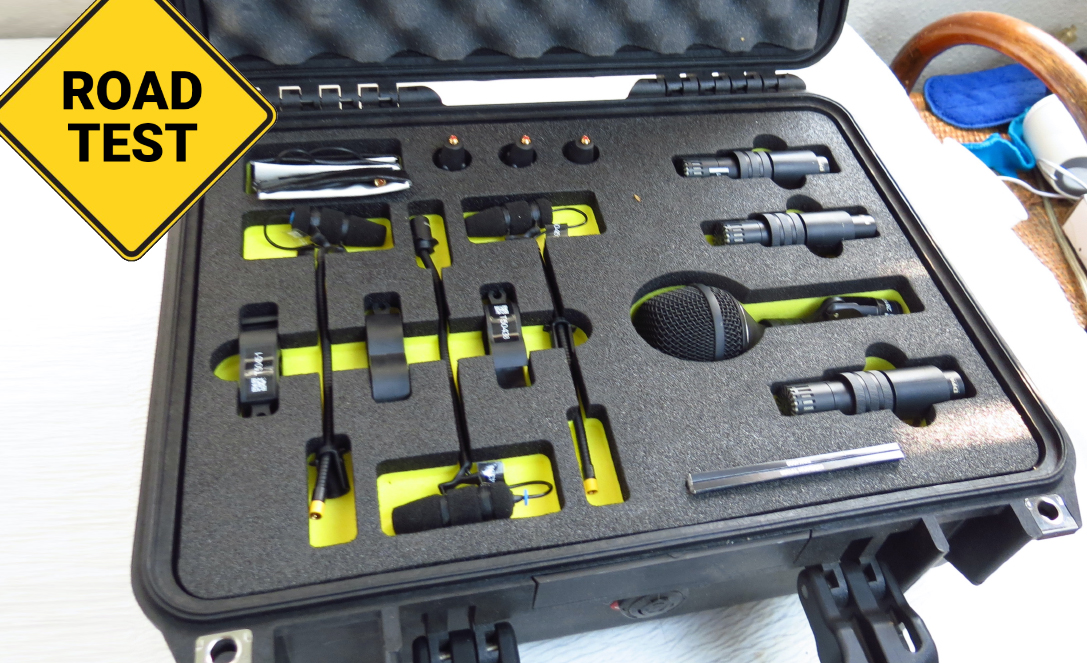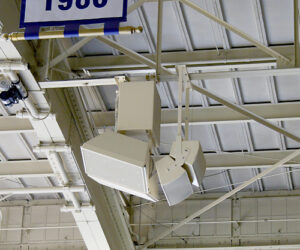In the late 1990s, I was working for Audix and was part of a team that helped change the way drum microphones were sold. While not necessarily the first, the company’s initial drum microphone package created a significant market segment, and among other things, we got drum shops to start thinking about selling microphones.
Now, a quarter of a century later, most major mic manufacturers (and a few smaller boutique companies as well) offer a drum microphone kit as a staple of their product lines. This time out, let’s have a look at the recently released DDK4000 Drum Microphone Kit from DPA Microphones.
DPA has a storied history as a manufacturer of high-definition/low-noise condenser mics that are primarily used in recording and measurement applications. The company is descended from Brüel & Kjær, which in the 1950s developed precision measurement microphones. In 1992, Ole Brøsted Sørensen and Morten Støve left B&K and founded DPA, first developing mics like the 4006 omnidirectional condenser.
At first glance, the DDK4000 holds a lot of what we have come to expect from DPA. The kit consists of seven condenser mics in a Pelican carrying case. This packaging immediately sets it apart from many other kits, which are often housed in more fragile, lighter weight plastic or aluminum cases that show road-wear more readily. Once the case is opened, DPA again distinguishes itself from the competition with the packaging — a laser-cut rigid foam insert to hold the mics. Many of the less expensive cases have a spongier foam insert that can tear over time. This case is rugged and built to last.
The mics themselves are lovely, designed with the kind of look and feel we expect from DPA. Everything is top shelf, from the mic construction to the clips (we’ll get to that in a bit). There are two little booklets enclosed in the package, one with the serial numbers for the mics in the kit, the other with links to access via either QR code, or if you’re “old school” like me, printed URLs if you want information about the individual mics.

The kit consists of three 4099 CORE instrument condensers, a mic that is well known in the acoustic and orchestral music worlds, and with special mounting clips for toms and snare. They’re joined by a stereo pair of 2015 wide cardioid pencils, suggested for overheads, and one each of the 2012 compact cardioid pencil and 4055 kick drum microphones. At first glance, it seems like the included clips for the 2015, 2012 and 4055 are integral to the mic, but instead they’re just very solid with a clever locking system.
At this point, I should mention that all of these mics require 48-volt phantom power to operate. This is important to remember; at Audix, I would get at least one call a week from drummers who had bought the kit with overheads and would complain that they didn’t work. Eventually, I learned to tell them to mute their mixer before turning on the phantom power. (Rimshot!)
Out In The World
The day after I received the kit, I was called to do a film shoot. The scene was set in a park; it was supposed to be a municipal July 4 celebration with a six-voice choir and a small brass band. I decided this would be a perfect opportunity to try the 2015 wide cardioid pair, so I set them up. We were outdoors, and this was when I noticed a shortcoming of this kit – there were no windscreens for the pencils.

Fortunately, I had some windscreens that fit, and we were able to use the mics for the shoot. I was disappointed that a relatively expensive package ($5,100 street price) didn’t include something as obvious as windscreens, especially since my next three uses of the kit would be at outdoor festivals.
The pencils performed admirably, providing the definition the film’s sound mixer was looking for. I thought the mics sounded nice and full; there was none of the “brittle high end” that comes from lower cost pencils. The capsule measures 17 mm, which is between a 1/2-inch and a one-inch large diaphragm.
The next audition was at the Portland Waterfront Blues Festival. The engineers for one of the stages were very excited to try the mic kit – their greatest enthusiasm was for the 4055 kick drum mic, a pre-polarized condenser with a very nicely engineered locking clip. The lock twists (the same clip works on the 2012 and 2015 pencils, too) and holds the microphone snugly, with some internal cushioning to reduce unwanted vibrations. It’s not a suspension clip but it does the job nicely.
Further, we were all impressed by the smoothness of the sound. It was warm and full, with a pleasant midrange, no boxiness and very little EQ required. There was also plenty of beater snap. (In all the trials, this mic was the unanimous favorite of all the mix engineers, me included.) When acts insisted on using their own mic packages, the audible difference was immediately noticed. In the festival setting, the overheads were nice, as was the 2012, which was mostly used on hi-hat.

Here’s where we ran into another issue. The 4099 uses a “microdot” connecting cable to attach it to the XLR adapter (the part is called the DAD4099, it provides a balanced output and a built-in low-cut filter). The cables come in a little pouch with a spring-loaded top. It requires time and focus to connect the cable to first the mic and then the adapter.
Also, the included VC4099 clips that attach the 4099 to the toms or snare have to first be attached to the mic. It also doesn’t say anywhere that you need the cable (more about that later). The stagehands and stage engineers were less enthusiastic about this mic, particularly because of the time and focus required. But as previously mentioned, the 4055 was the hit and the engineers informed me that they would be asking the sound company’s owner to purchase some.
Next up, I took the kit to Oregon Country Fair, an arts and music festival outside of Eugene. I’m one of the main stage’s front of house engineers and was very excited to try the mics myself. Again, the 4055 was the hit. I liked the sound of the condensers; wind and dust are a factor at this festival and once again, I had to use windscreens from other mics for the pencils.
I gave the kit to one of the stagehands and told him to put it together. He came back to me about a half-hour later saying that he couldn’t get the little mics to fit properly; he had tried to attach the adapter directly to the mic without using the cable. A little more documentation would go a long way here.
The mics were fine on the toms; good attack, nice fullness and the usual low-mid EQ required, especially for the floor tom. The 4099 is a very useful mic — a quick glance at the DPA website suggests it for any instrument from accordion to trumpet, which suggests a very flat on-axis response. The mics are small and easy to position out of the way of the drumsticks. One of the tests we fortunately missed out on was the impact test of a drummer hitting the mic (we all know what can happen, but the 4099 is very easy to position out of the path of the sticks).

The last stop was Hare Fest, a tribute band festival in Canby, Oregon. Our stage had four bands a day, including tributes to Eagles, Boston, Motley Crue, Van Halen (with both a “David Lee” and “Sammy” lead singer) and Guns N’ Roses. A couple of the bands had their own drum mic packages (also, we only had one 4055, but fortunately, all the bands that had double kick had their own mics) and, wow, did we ever notice when there were different kick mics.
The 4055 was smooth and required little EQ, while the dynamic mics sounded nasally and thin in comparison. Again, the overheads did their job; nice definition and a nice stereo image. Also, since we were one of two stages with identical front of house rigs, the difference in our drum sounds was palpable, in a good way. I’m a little biased (I was FOH tech for this fest), but I thought our drum sounds were far superior to that of the other stage.
Final Conclusions
There’s no denying it, this kit is fairly pricey. While I didn’t work with it in a studio setting (summer is festival time in Oregon), I have no doubt that any studio owner would love to add this to their mic locker. I also think that any radio or television station that does live music broadcasts would really benefit from the flexibility this kit offers.
Further, this is a package that an engineer would want to use with a band they were regularly working with; the 4099s wouldn’t be my first choice for a throw-and-go setting. That said, the 4055 is a winner and I suspect it will be replacing a lot of dynamic kick mics in the not-too-distant future.

For drummers who want an elite set of mics, this is a great choice. All DPA 4000-series pencil mics are modular; a quick trip to the company website (dpamicrophones.com) will reveal many options. All the components are listed and can be mixed and matched. If you want 4099s for your sound company, you can also buy a plethora of mounting options, including various microdot to wireless adapters (this would be very cool for drumlines or just a drummer who wants to step out from behind the kit to play either a snare or some hand percussion.)
The pencils are quite lovely both in appearance and sound; clearly a lot of thought was put into the clips and the construction. As noted, my only real bugaboo with the pencils was the lack of windscreens — at present they can be purchased from the company website for $24 each. I do wonder if it would be that much of a “deal” to include them in this package.
To the point: the DDK4000 Drum Microphone Kit makes for a handsome addition to any mic locker. Go here for more details.
















